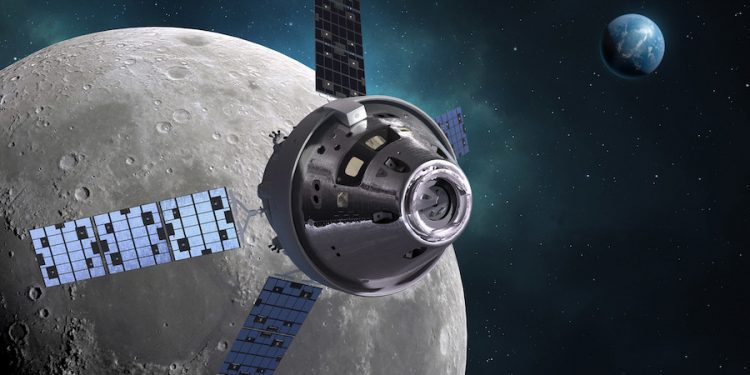Washington: NASA’s Orion spacecraft has come a step closer to integrating with the Space Launch System (SLS) rocket that will take it to the Moon under the Artemis programme designed to land the first woman and the next man on lunar surface by 2024.
After engineers put the spacecraft through the rigors of environmental testing at NASA’s Plum Brook Station in Ohio, it returned to the agency’s Kennedy Space Center in Florida March 25, report said Thursday.
At Kennedy, the spacecraft will undergo final processing and preparations prior to launching on an uncrewed flight test, Artemis I, the first in a series of increasingly complex missions to the Moon that will ultimately lead to the exploration of Mars.
Before it can be integrated with the SLS rocket, the Orion spacecraft — comprised of the crew module and service module — will go through a final round of testing and assembly.
Orion will then begin its ground processing journey.
Once integrated with SLS, a team of technicians and engineers will perform additional tests and checkouts to verify Orion and SLS operate as expected together, said NASA.
“The Artemis programme is the future of human space exploration, and to be a part of the design, assembly and testing of NASA’s newest spacecraft is an incredible, once-in-a-career opportunity,” Amy Marasia, spacecraft assembly operations lead in Orion production operations at Kennedy, said in a statement.
As the first integrated flight of SLS and Orion, Artemis I is critical to providing the foundation for human deep-space exploration.
“With Orion back at Kennedy, we’re ready,” said Scott Wilson, NASA Orion production operations manager.
“Ready to finalise the vehicle and send it to be integrated for its voyage to deep space, tackling the next era of human space exploration,” Wilson said.






































